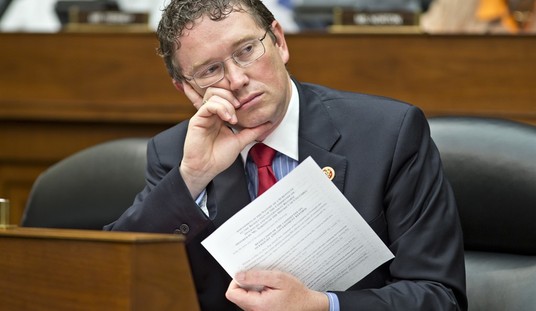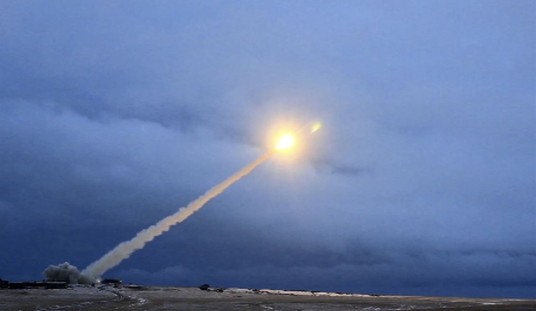When Texas Governor Greg Abbott ended his state’s mask mandate on March 10, he was accused of “Neanderthal thinking.” But what’s happened since then? Over at National Review, Jim Geraghty declares that he’s still waiting for the Maskless Texan Apocolypse. Much like most of the pandemic-related headlines these days, everything ends up being boiled down to a numbers game. Sadly, when you get to cherry-pick which numbers to highlight, you can make the weekly COVID figures say almost anything you want. But at least in the initial weeks after Texas ended the mandate, the Four Horsemen are still stubbornly refusing to appear.
The day before the mask mandate ended, March 9, Texas had 5,119 new cases of COVID-19, and the seven-day average for new cases was 3,971. On that day, the state had 126,404 active cases of COVID-19. As of March 9, the seven-day average for new deaths was 104.
As of yesterday, the seven-day average for new cases in the state of Texas is 3,010. As of yesterday, Texas had 109,197 active cases of COVID-19, and the seven-day average for new deaths in the state of Texas is 114.
(While many Democrats love to contend that the Lone Star State and its governor, Greg Abbott, have been particularly reckless in their quarantine restrictions and pandemic response, Texas ranks right around the middle: 24th in the country in cases per million residents and deaths per million residents.)
I’m going to start off by playing Devil’s Advocate here for a moment just to be fair to those still complaining about the relaxation of mask orders in Texas and other (mostly red) states. Thirteen days isn’t a long time to evaluate what if any change Texas will see in its COVID numbers. We can safely assume that not everyone chose to embrace their new maskless freedom all at once, so it would have taken a while before people were really mingling again. Then we have to consider the incubation period of the virus and how many days it would be before people start showing symptoms and going for testing. Personally, I think we’ll have to wait until the end of the month before we see any statistically significant trends.
But with all of that said, the numbers Jim cites over the first thirteen days are mostly trending in a downward direction. (Average new deaths were up by 9.6% but that’s a seven-day rolling average.) We shouldn’t treat Texas as some sort of isolated laboratory, however. We have a lot more data to draw on if what we’re really trying to do is examine trends. More to the point, at some stage in all of this, we’re going to have to wrestle with the very uncomfortable question (for Democrats and liberals) of whether the facemask mandates were really doing anything for us.
For a better look at that question, you can check out the map of current cases at the New York Times. At a quick glance, you can see that there are still quite a few “hot spots” (indicated in red) and some of them are indeed in Texas and Florida. But there are plenty more in other states, including California and New Jersey, where the mandates are still in place. Michigan is covered in red areas while Arkansas and Alabama don’t have any. Clearly, population density plays a big factor here, but it can’t explain everything in terms of the effectiveness of mask mandates.
If you scroll down the page I linked to with the map, you’ll see a list of individual state graphics broken down by trends. The categories range from states where new case numbers are “high and staying high” to where they are “low and staying low. ” Also included are states where new case numbers are “high but going down” and “low but going up.” The two worst categories are obviously the “high and staying high” group and the “low but going up.”
The “high and staying high” group includes most of the northeastern, primarily blue states where mask mandates are still in effect, though there are a couple of southern and western red states mixed in. The “low but going up” category includes Kansas and Missouri. (They also add in Hawaii, but “going up” there still equals almost no cases.) Texas shows up in the “lower and staying low” category. Florida, where mask mandates were also recently eased, falls into the “higher but going down” group.
I realize most of the media is loath to talk about this or even consider it, but I’m just not seeing any patterns here yet. States with the tightest restrictions are showing up all over the map, as are states with fewer restrictions. Those of us who paid attention to that study from Denmark showing that the benefits of wearing face masks were “statistically insignificant” for uninfected people have been trying to get an answer to this question for a long time now. What if the masks, particularly the cloth ones used by most people, were simply theatrics to make everyone feel better, but they really weren’t doing anything? Every poll we’ve seen where people were asked about what they most looked forward to if and when we return to “normal” showed that throwing away the damn masks was number one on the list.
I’m not saying we make masks illegal. If it makes you feel better to wear one, go ahead. But these mask mandates are just feeling like a form of abuse at this point. Unless we see a significant shift in the data over the course of the spring, this nonsense needs to stop and it needs to stop very soon.








Join the conversation as a VIP Member